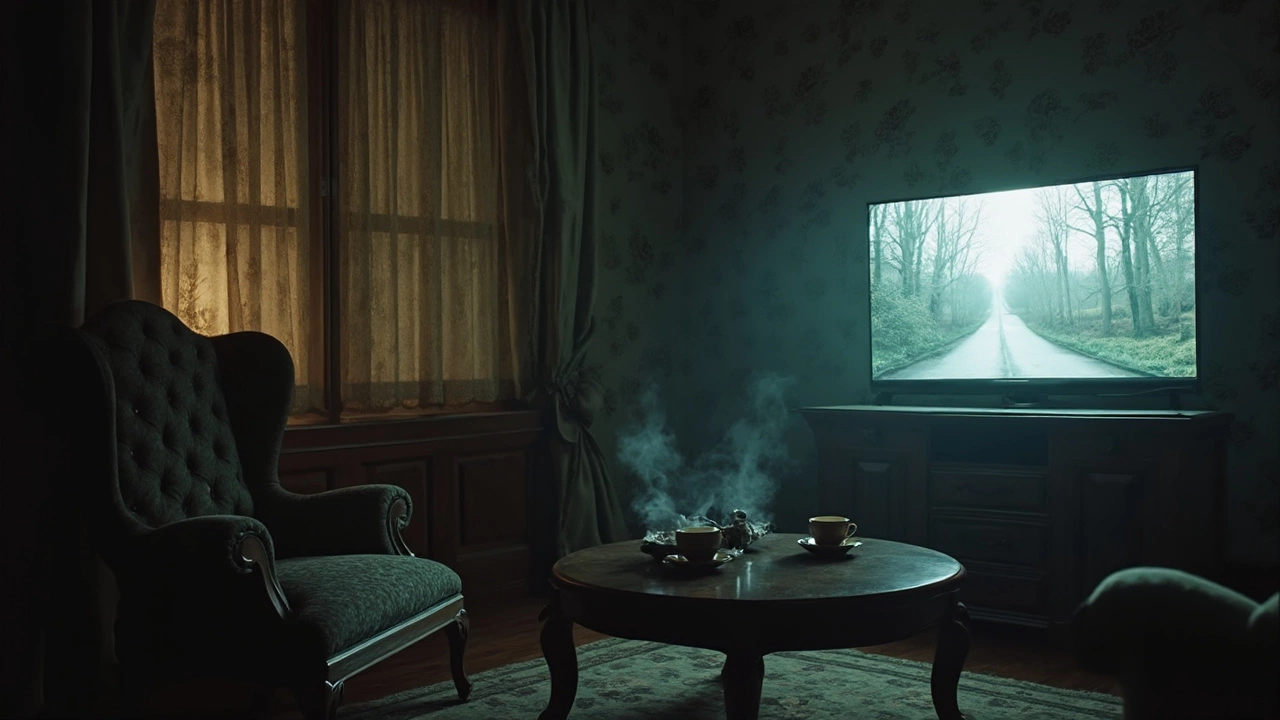Hidden Camera Guide: Spot, Use, and Stay Legal in the UK
Ever walked into a room and wondered if that tiny lens watching you is real? Hidden cameras are everywhere – from rental properties to hotel bathrooms – and knowing how to spot them can protect your privacy. In this guide we’ll show you the simplest ways to detect covert lenses, explain when it’s okay to use one, and keep you clear of legal trouble.
How to Find a Hidden Camera in Minutes
The first trick is to use your phone’s flashlight. Turn off the lights, shine the beam around the room and watch for reflective glints. Small lenses bounce light back like a tiny sparkle. Next, download a free camera detector app – they use the phone’s magnetometer to locate the magnetic fields that most lenses generate. Finally, do a quick visual sweep: look for oddly placed smoke detectors, clocks, or picture frames that seem heavier than usual. Those are prime spots for a covert camera.
When Is a Hidden Camera Legal?
UK law draws a clear line: you can install a hidden camera on your own property if it monitors a public area like a front garden or a lobby where people have no expectation of privacy. Recording a bathroom, bedroom, or any place where someone expects privacy is illegal and can lead to criminal charges. If you run a business, you must display clear signage that video surveillance is in use. For personal use – say, a nanny cam in a nursery – the camera must be visible or you need explicit consent from everyone being recorded.
Remember, audio recording has stricter rules. Even if the video is legal, capturing sound without consent can breach the Regulation of Investigatory Powers Act. Stick to video‑only if you’re unsure.
Choosing a Hidden Camera That Works
Not all covert lenses are created equal. For home use, pick a Wi‑Fi‑enabled camera that streams to your phone; you’ll get real‑time alerts and can check footage from anywhere. Look for models with night‑vision LEDs that are hidden behind a clear cover – they’re harder to spot. Battery life matters: a camera that lasts at least a month on a single charge saves you the hassle of constant recharging.
If you need a camera for travel, a tiny pin‑hole lens that fits inside a power adapter is perfect. Just make sure the device complies with UK electromagnetic regulations – a non‑type‑approved gadget could be seized at the border.
Protecting Your Own Space from Hidden Cameras
Once you know how to find a camera, you can also protect your space. Install a basic security system with motion sensors; most hidden cameras need movement to trigger recording, so a sensor can jam the feed. Adding a simple IR LED flashlight to the room can overload a camera’s sensor, rendering its footage useless.
For renters, ask the landlord for a walkthrough before moving in. Request a list of any surveillance equipment and demand that any camera placed in shared spaces be clearly disclosed.
Keeping these habits in mind helps you stay safe, respect privacy, and avoid costly legal issues. Whether you’re installing a nanny cam, checking a hotel room, or just curious about what’s lurking, a quick scan and a bit of knowledge go a long way.

